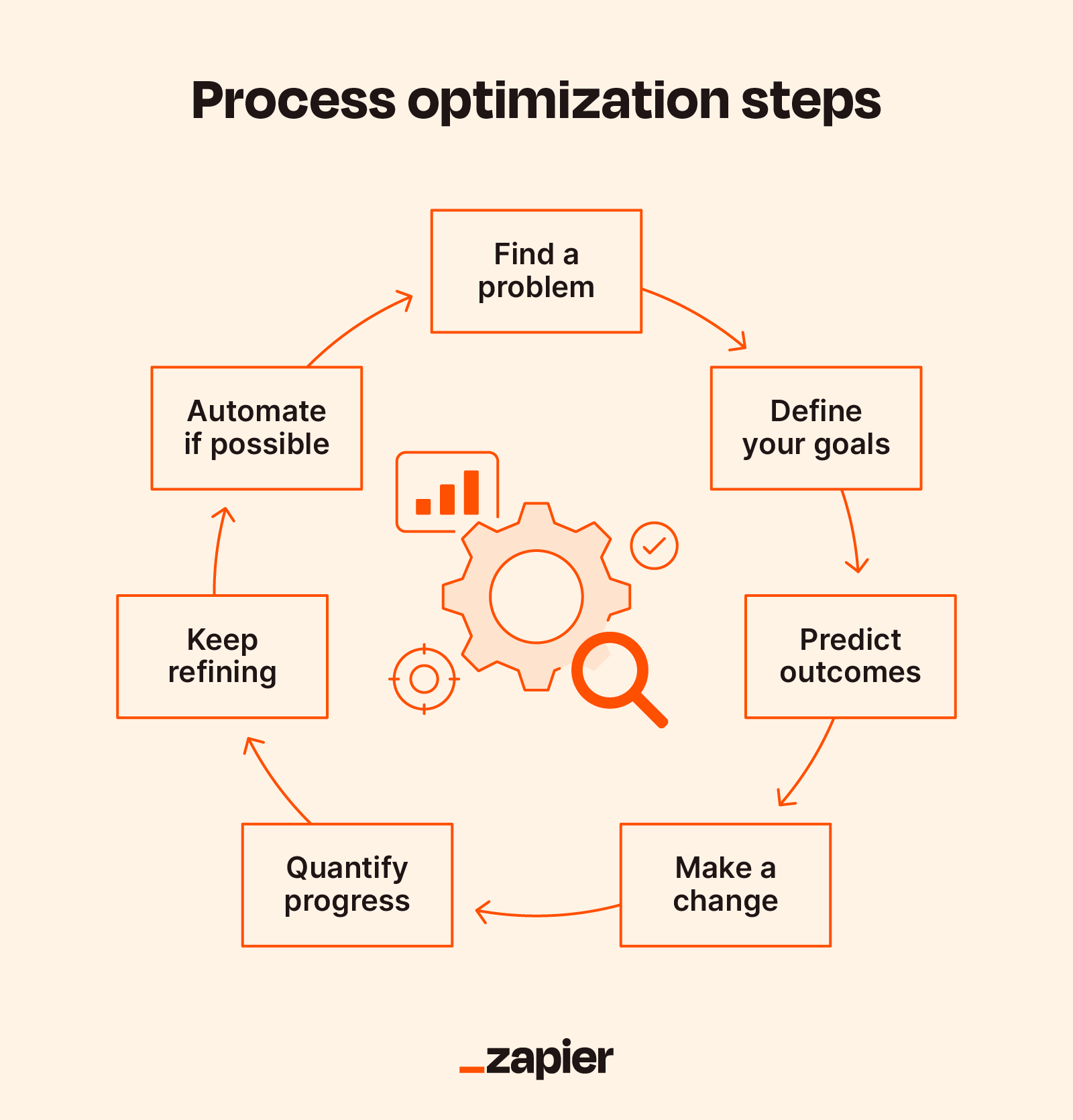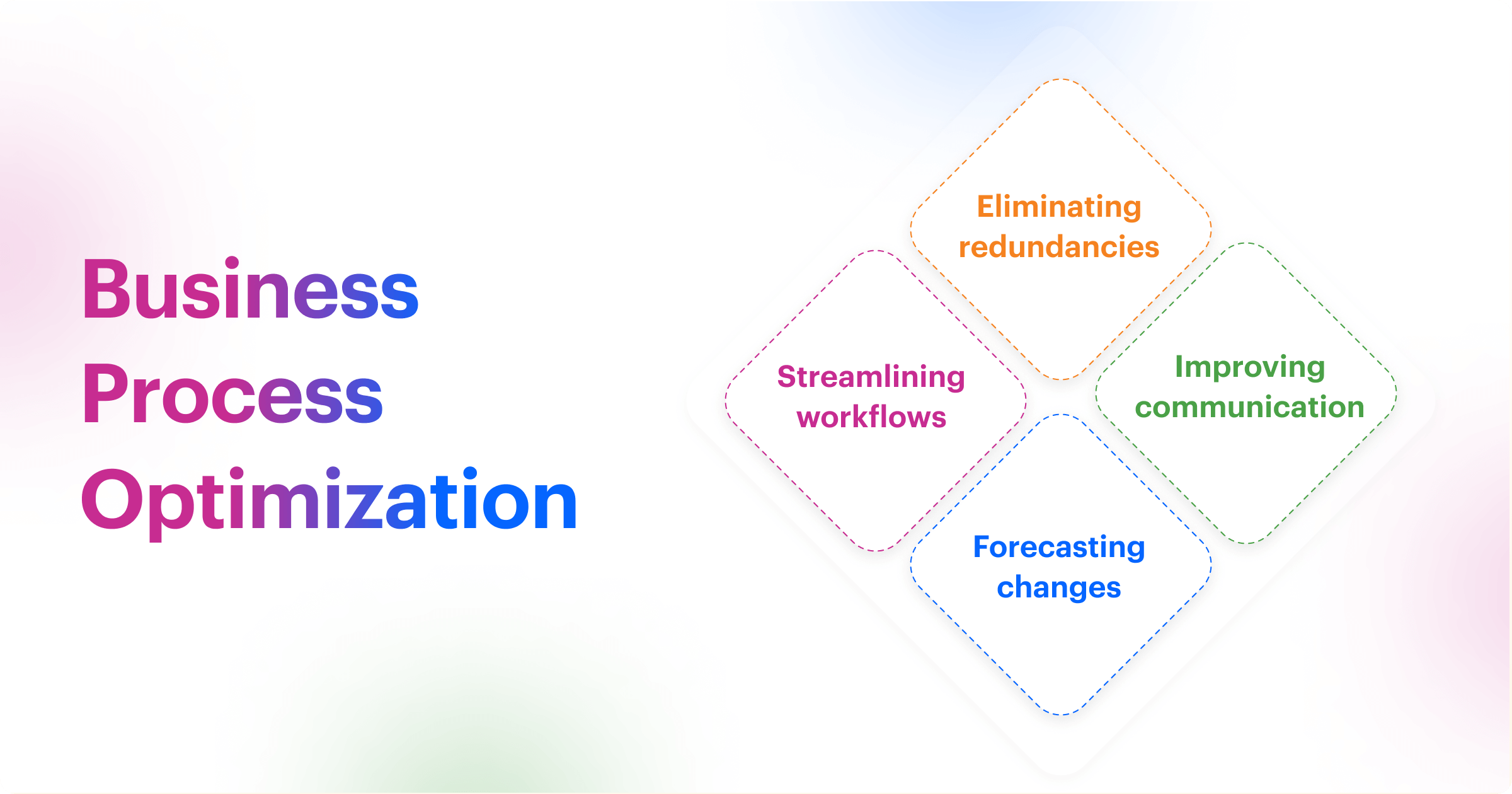
Optimizing Business Flow: Unleashing Efficiency and Productivity – Efficiency in core business operations is the linchpin of sustained success. Optimizing the flow of key processes not only enhances productivity but also positions businesses to adapt to dynamic market demands. In this article, we delve into strategies for optimizing core business flow, exploring how organizations can streamline operations and drive long-term growth.

Understanding Optimizing Business Flow: A Holistic Perspective
Optimizing core business flow begins with a thorough understanding of key processes. This involves mapping out the entire journey of a product or service, from conception to delivery. By gaining a holistic perspective, businesses can identify bottlenecks, redundancies, and areas for improvement in their core operations.
Streamlining Workflow: Removing Redundancies
Streamlining workflow is a fundamental step in optimizing core business flow. Identify and eliminate redundancies in processes to minimize delays and enhance overall efficiency. This might involve automating repetitive tasks, reorganizing work structures, or integrating technology solutions to facilitate smoother workflows.
Embracing Technology Integration: Efficiency through Innovation
Technology integration is a key driver of optimization in core business flow. Implementing advanced technologies, such as Enterprise Resource Planning (ERP) systems, Customer Relationship Management (CRM) software, and workflow automation tools, can significantly enhance operational efficiency. These technologies streamline communication, reduce manual errors, and provide real-time insights into business processes.
Cross-Functional Collaboration: Breaking Silos for Efficiency
Breaking down silos and fostering cross-functional collaboration is crucial for optimizing core business flow. Departments and teams within an organization must work seamlessly together. Encourage open communication, establish clear channels for information sharing, and promote a collaborative culture to ensure that each part of the business contributes cohesively to the overall flow.
Employee Training and Development: Empowering Skills
Investing in employee training and development is an investment in optimized business flow. Well-trained employees are better equipped to handle their responsibilities efficiently. Regular training sessions, workshops, and upskilling initiatives ensure that the workforce stays abreast of industry trends and adopts best practices in their roles.

Data-Driven Decision-Making: Informed Operational Strategies
Data-driven decision-making is a cornerstone of optimized business flow. Implement data analytics tools to gather insights into operational processes. Analyzing key performance indicators (KPIs) allows businesses to make informed decisions, identify areas for improvement, and proactively respond to market trends.
Continuous Process Improvement: A Culture of Evolution
A culture of continuous improvement is essential for optimizing core business flow. Encourage employees to identify inefficiencies and propose solutions. Implement regular reviews and feedback loops to assess the effectiveness of processes. This iterative approach ensures that the organization is always evolving and adapting to changing business environments.
Supply Chain Optimization: Seamless Operations from Procurement to Delivery
For optimizing business involved in the production and delivery of goods, supply chain optimization is paramount. Streamline procurement, production, and distribution processes to reduce lead times and minimize costs. Leveraging technology and data analytics in supply chain management enhances visibility and responsiveness.
Customer-Centric Approach: Aligning Operations with Demand
Aligning operations with customer demand is a key aspect of optimizing core business flow. Implement a customer-centric approach by closely monitoring customer feedback and adjusting production or service delivery accordingly. This ensures that resources are directed where they are most needed, enhancing overall customer satisfaction. (Read More : Innovation in core business processes igniting transformation for future success)
Crisis Preparedness: Building Resilience into Operations
Optimizing core business flow involves building resilience to withstand unexpected challenges. Establish crisis preparedness plans that can be activated swiftly in response to unforeseen disruptions. This might include contingency plans for supply chain disruptions, cybersecurity threats, or economic downturns.
Conclusion: A Roadmap to Operational Excellence
In conclusion, optimizing core business flow is not a one-time initiative but an ongoing commitment to operational excellence. By understanding processes, leveraging technology, fostering collaboration, and embracing a culture of continuous improvement, businesses can create a roadmap to streamlined operations. The result is increased efficiency, enhanced productivity, and the agility to adapt to the ever-evolving demands of the market. Organizations that prioritize optimizing their core business flow position themselves for sustained success in a dynamic business landscape.
Read More : Adoption of New Business Models: Navigating Innovation for Success





4 thoughts on “10 Optimizing Business Flow: Unleashing Efficiency and Productivity”
Comments are closed.